Until recently it was nearly ten years since I had shot a roll of film…
My last one was during my time in college in Dublin, Ireland, studying for a B.A in Photographic Media. Back then I didn’t particularly enjoy shooting film. It was more a means to an end to get me into the darkroom. That’s what I really loved. The quiet, the chemicals and smells, the hours trying to get something just right. Even now I still remember spending twelve hours one day in there, working on a single print. I don’t recall what it was of. And I don’t care. Being in the darkroom was what was important to me.
After college I went digital. Buying a Canon 20D I shot concerts, promo work for TV shows, some magazine work and I even worked in the photo department of a large social media company in the US for a year. It was good. I liked it. For a while.
Returning from the US I went back into working retail, and while I kept up with shooting concerts, my camera largely went unused.
A year later and after discussing with my family, I took a course to learn how to teach English as a foreign language. A friend had been living for a time in Ho Chi Minh City, Vietnam and had nothing but good things to say about the experience. I felt it could be a great experience and also the photo opportunities would be fantastic. A new culture and country to be the kickstart I needed to get my photo mojo back!
It’s been three and a half years now since I moved to Vietnam. Three and a half years and no photo mojo. Sure I shot a little after a couple of years but my camera remained largely in the drawer, its home for so long, collecting dust.
Now and again I got bursts of inspiration, some even leading me to finally pack in the old 20D (which at this stage was a dinosaur) and invest in a new Nikon D7100. It was traded back into the store after two months for a Fujifilm X100T.
Every new camera was accompanied by promises of ‘Now I can shoot again. This is what I needed.’
The Fuji suffered the same fate. A few weeks after being bought and used to shoot a series on a market, which I had planned to make into a book, it found itself gathering dust.
It was one afternoon in work that I suddenly wondered if there was darkroom in Ho Chi Minh. Photography was on my mind as I was giving a talk about it to a group of students that evening, and so I just googled ‘Saigon Darkroom,’ and hoped maybe something would pop up. And there it was. A simple, one-enlarger-in-a-room-above-a-café-run-by-students, darkroom.
I had actually searched for one when I first arrived but this place had only opened a year earlier. A whole year and I had no clue.
That afternoon I drove over, met the guys running it, and bought their last roll of Tri-X. When moving to Vietnam I had brought my old film camera, a Phenix DC303n and I couldn’t wait to shoot this roll and see how it went.
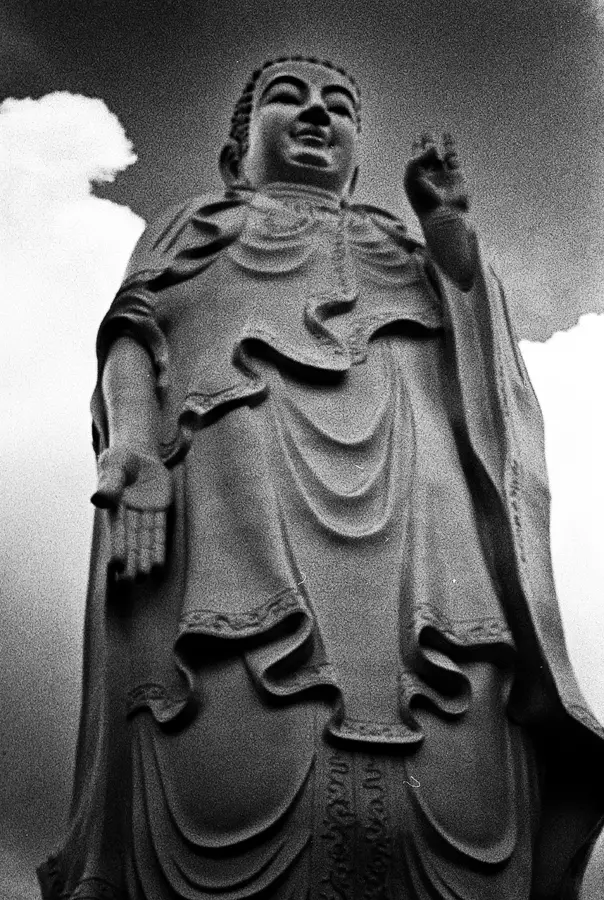
It went terribly. It took a few more rolls to realize that my cheap Chinese knock off of a Yashica was, surprisingly, a cheap awful knock off. Whether it was the lens or body I don’t know but this thing could not focus to save its life. Every shot, even if shot at f/16 was a gamble focus wise. It was awful.
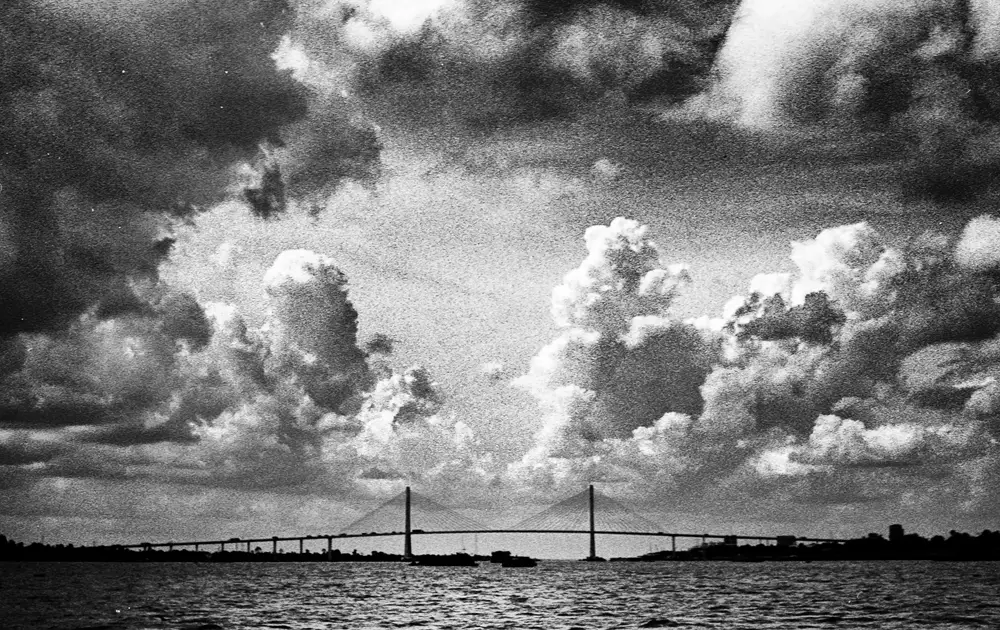
But I loved it. The sound of the shutter, winding the film, loading the film, not being able to check every shot on the back. Having to calculate exposures in my head again.
Over the next couple of weeks I shot some more rolls and realized what it was that had been missing for me. It wasn’t the camera, a void I tried ot fill with Nikons and Fujis. It was film. It was that excitement waiting to see what I got back from the darkroom a few days later, wondering if I might even one good shot per roll. I spent so many hours trying to recreate that film look and grain in photoshop that I forgot that it was right there all along. In film. I was becoming hooked again.
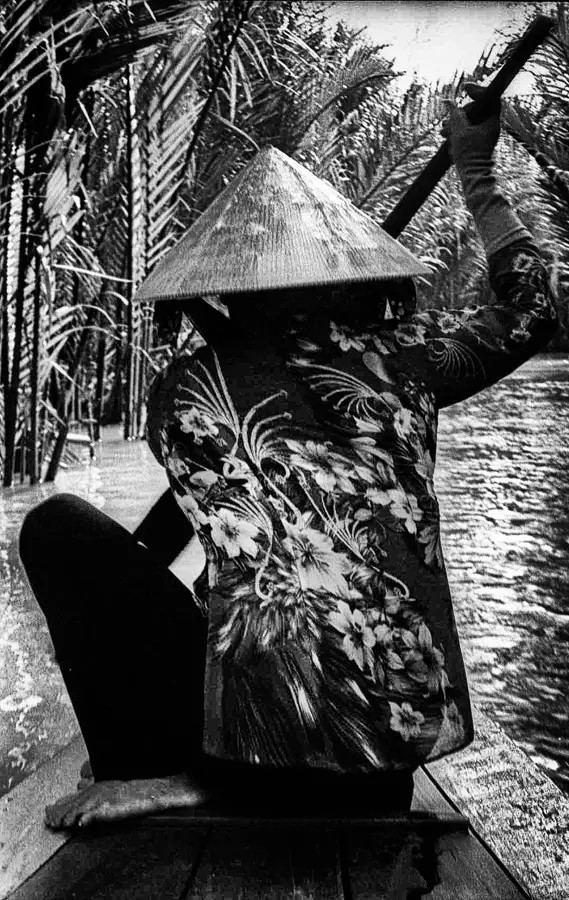
I began to get excited by photography again. Hours were spent researching photographers I once loved (Wee Gee and Eugene Smith to name a couple) and new ones I had never seen before like the incredible and inspiring Daido Moriyama. (Here is a great video on him, well worth a watch. I still watch it at least once a week)
I knew what I needed to do.
I quit my job (and ended up staying with the company but in a lower position) which is going to allow me more time to focus on photography. I shot more film. I shot more film until finally I decided that this hit and miss and horrible quality I was getting from my Phenix was no longer an option.
So I came up with a plan. Having worked so much lately I had a nice bit of savings. So I would go on an adventure. A photography adventure.
Tokyo
That adventure would take me to Japan for six days. Tokyo specifically. My idea was to go to Tokyo, with no camera and no film. Within those six days I had to buy a new camera and shoot enough to make a book when I returned to Vietnam.
Research on sites like this one and Japan Camera Hunter led me towards a camera I had once thought I would never own. A Leica M2. Weeks went into the research, deciding where I would buy it (MAP in Shinjuku) and what I would shoot.
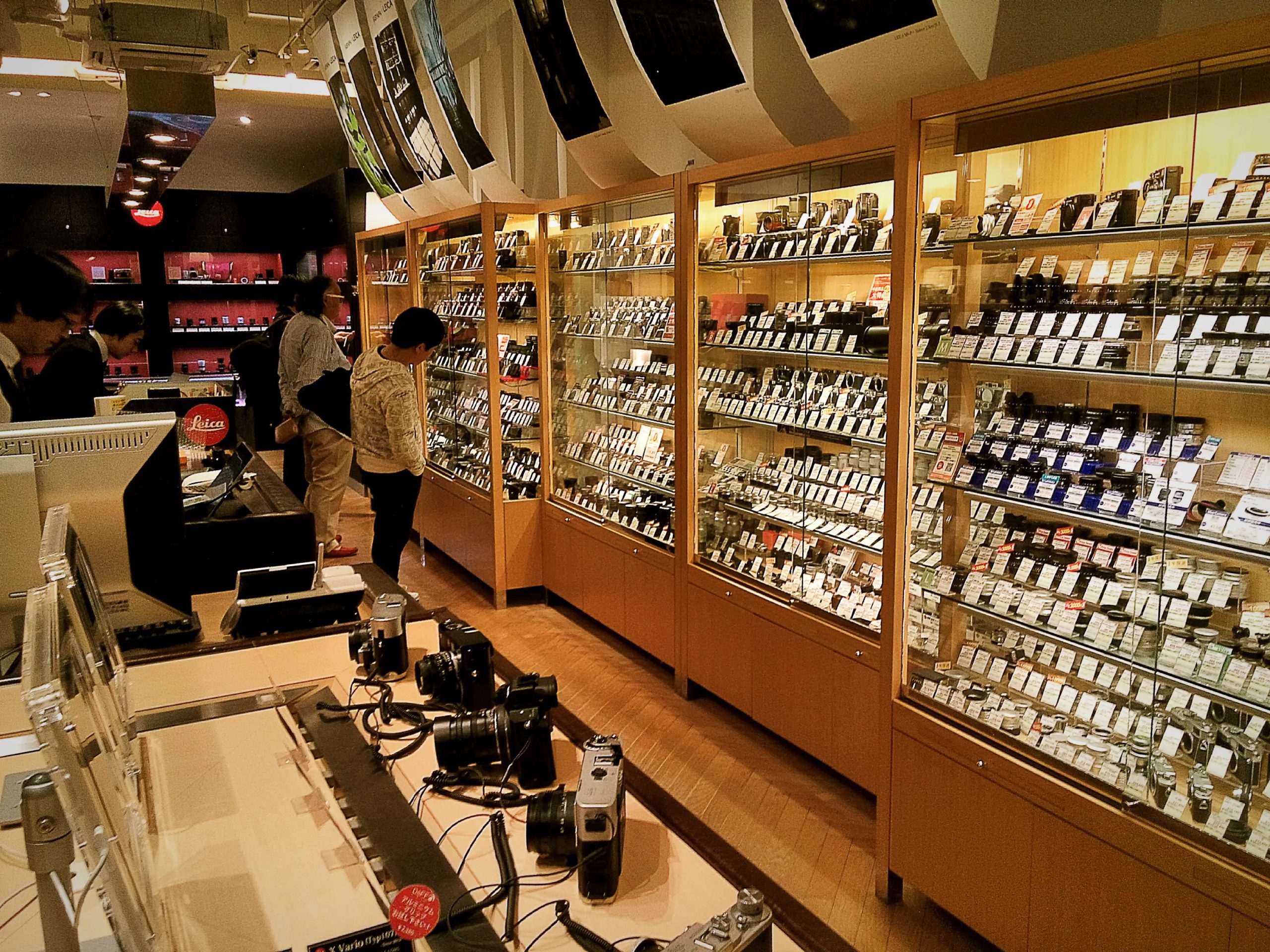
I had recently discovered and become slightly obsessed with the work of Daido Moriyama. And so I decided I would take a page from his book and simply wander the streets, like a stray dog as he says, and shoot what I saw. The book would be about the city itself.
Landing in Tokyo I had everything worked out. I even knew the exact camera I wanted, down to the serial number and had taken pictures of it from MAPs website on my phone to show them when I arrived. I wasn’t planning on wasting any time. Also my X100T who would be traded in. No more digital.
Arriving in Tokyo at 2:30pm I had my new black Leica M2 and Zeiss 35mm f/2.8 in my hands by 6pm. It really was an incredible experience, finally being there after weeks of buildup and holding this piece of art, made in 1959, that I had been dreaming about.
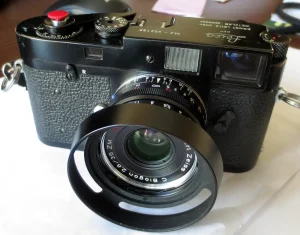
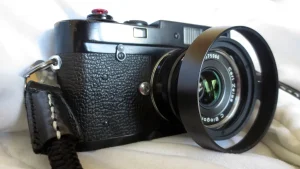
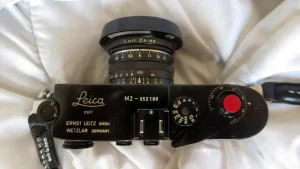
Over the next five to six days I wandered, shooting forty rolls of Tri-X, pushed to 1600.
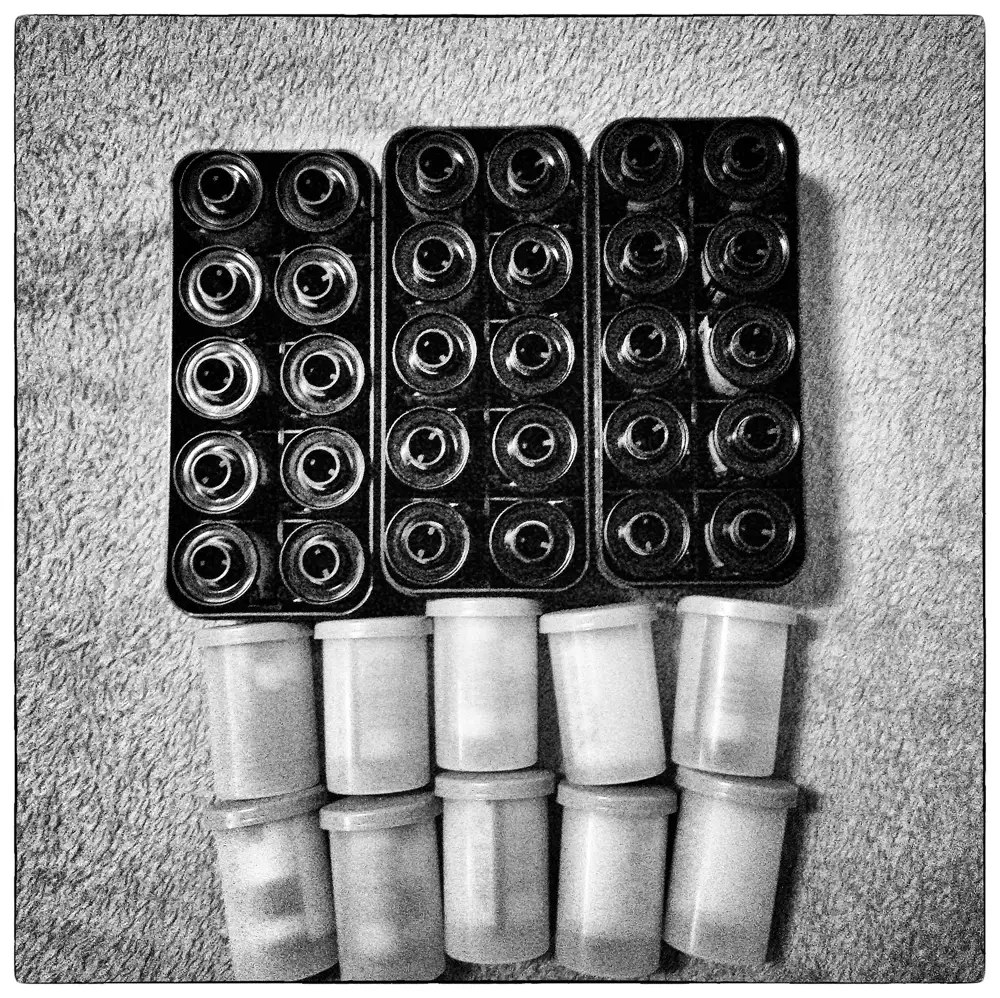
I had a small Sekonic light meter which I rarely used, deciding instead to rely on my instincts. It was exhilarating. But it was also frightening. So much was invested in this trip and I had no idea if this camera even really worked. What if it had a light leak? What if none of the images came out? What if it was a huge waste of time?
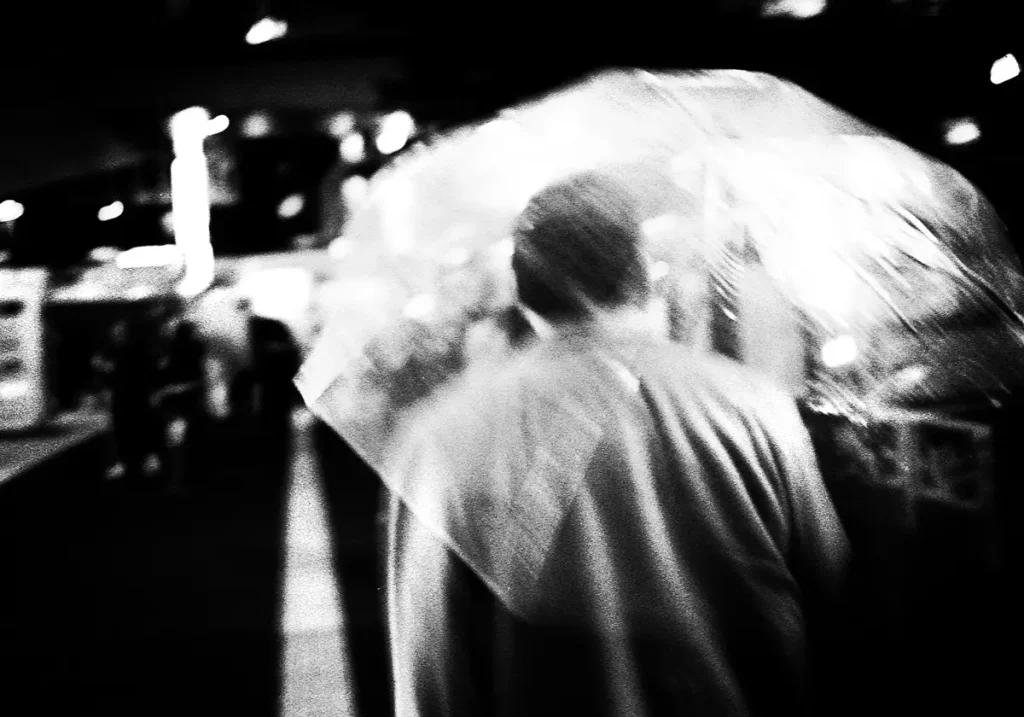
And I realized that was why I loved photography.
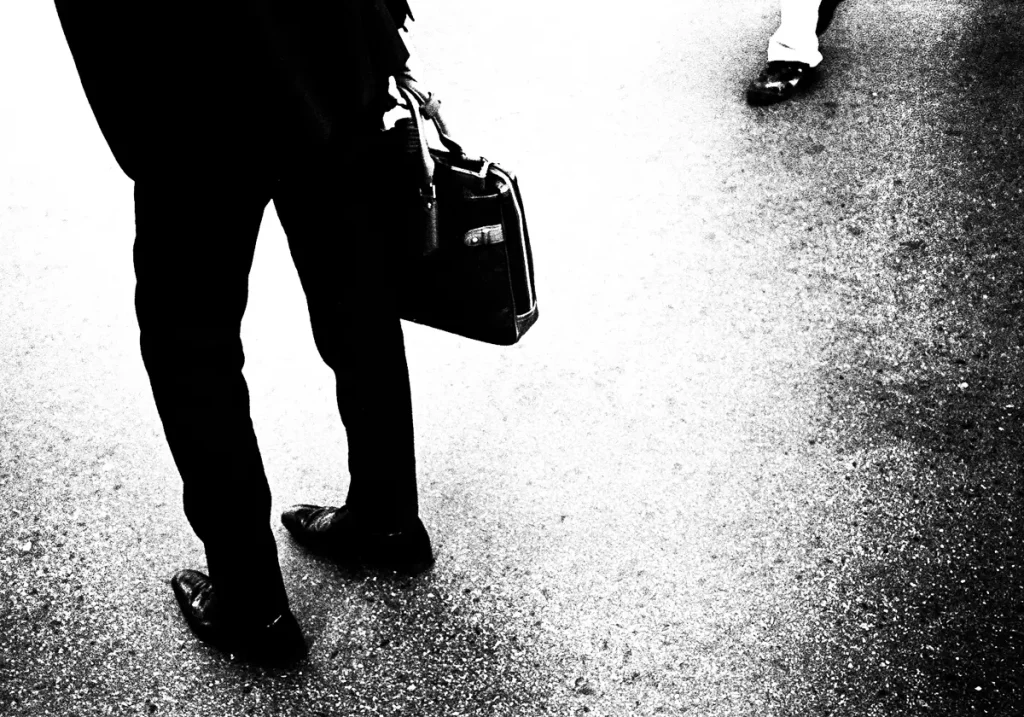
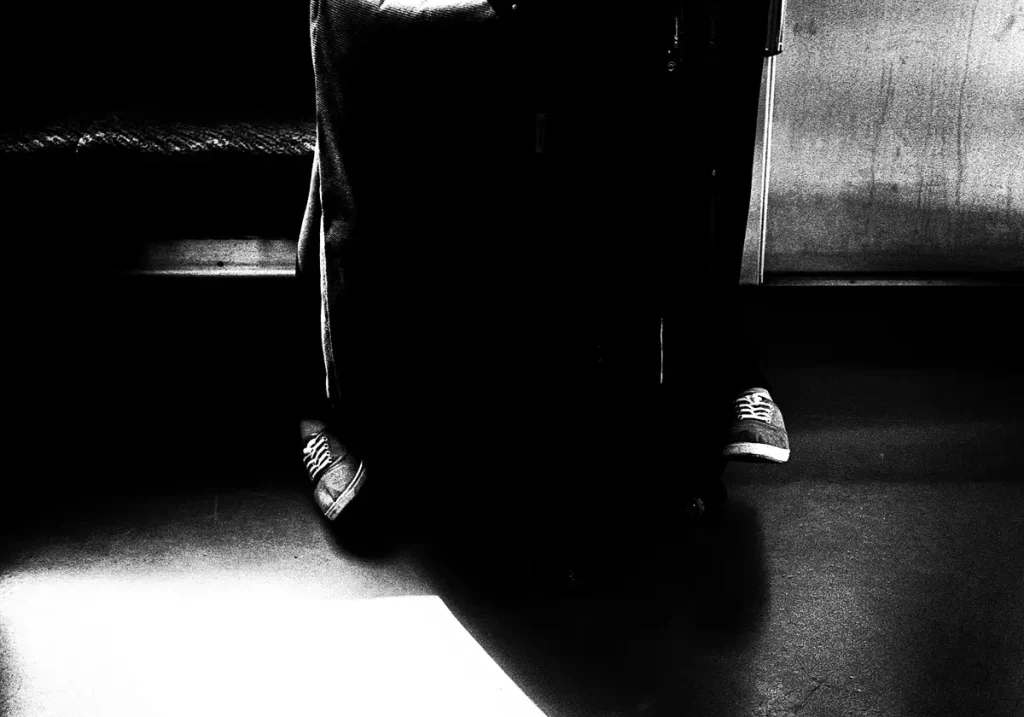
Film photography.
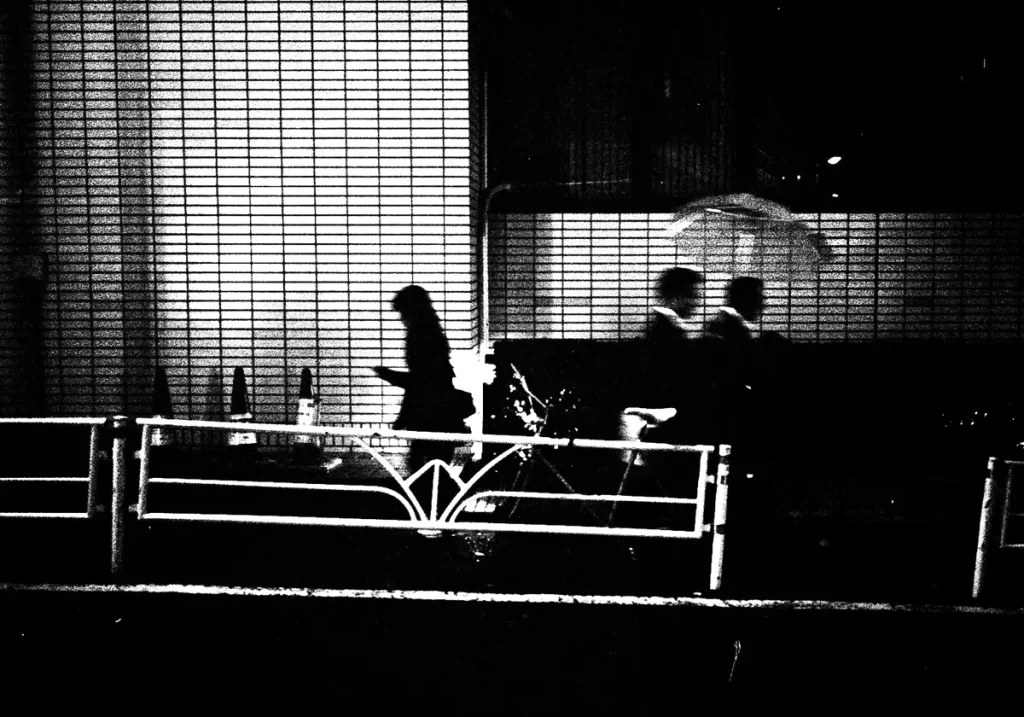
That nervous energy you get when shooting without an LCD screen to guide you and reassure you. The satisfaction you feel when you get those images back and realize ‘Hey, this is good!’
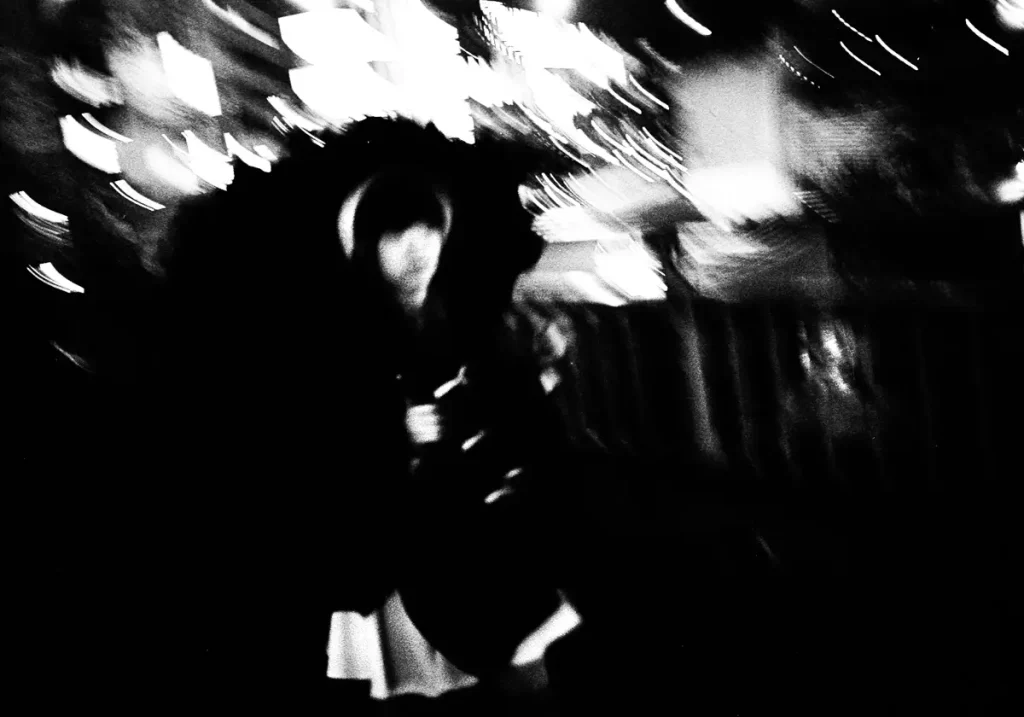
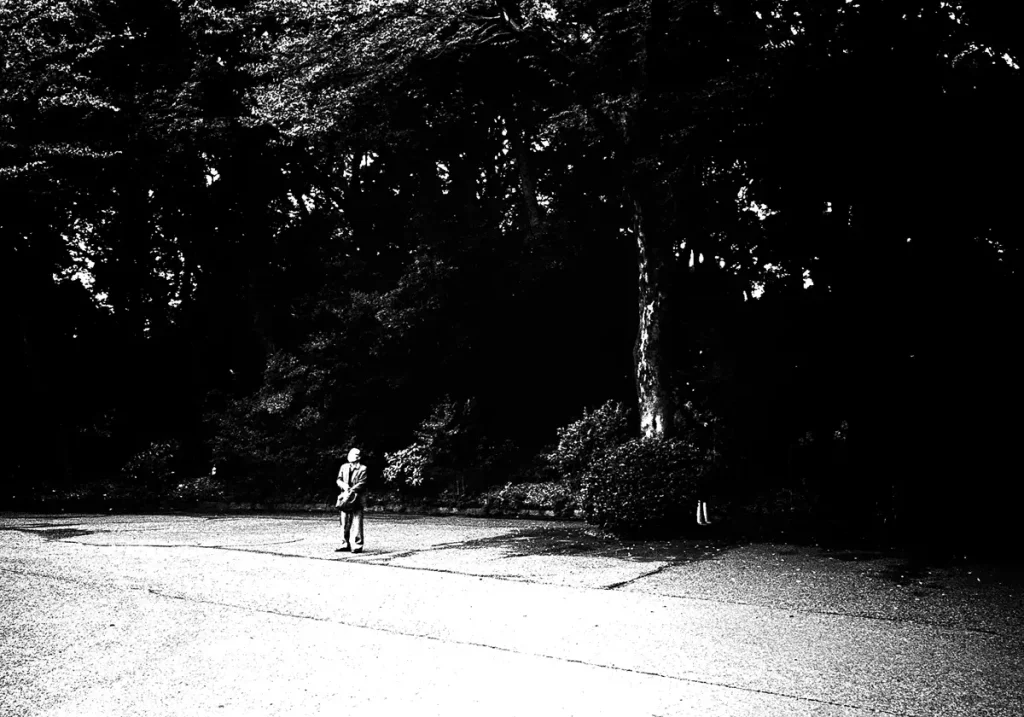
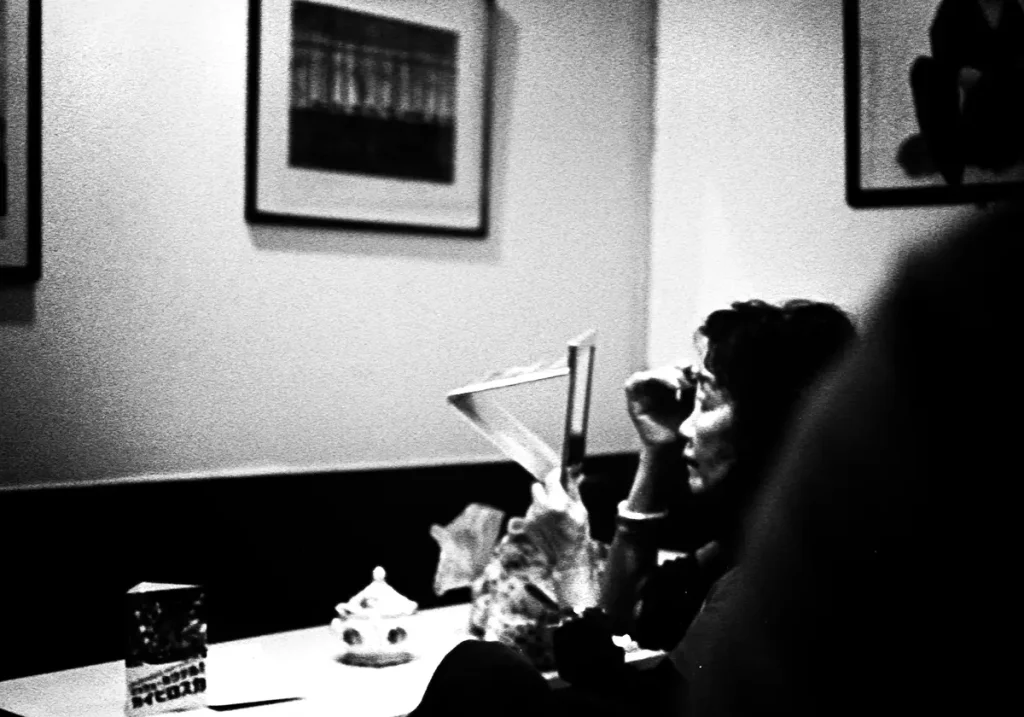
It’s been almost three weeks now since I got back from Tokyo and I am waiting to collect the final ten rolls from the darkroom. I’ve edited the first thirty down to forty final images for the book. And over the coming weeks I’ll re-edit and re-edit again. Still I’m studying the photography greats, investing in books rather than accessories and lenses. Moriyama inspires me through his use of contrast and lack of focus. All my digital life I had been obsessed with images being pin sharp to the point it would stress me out if a great picture was even a hair out of focus. Now I’m blowing highlights everywhere. Images are a whirl and swirl of blurs and movement. Faces obscured. And I don’t care.
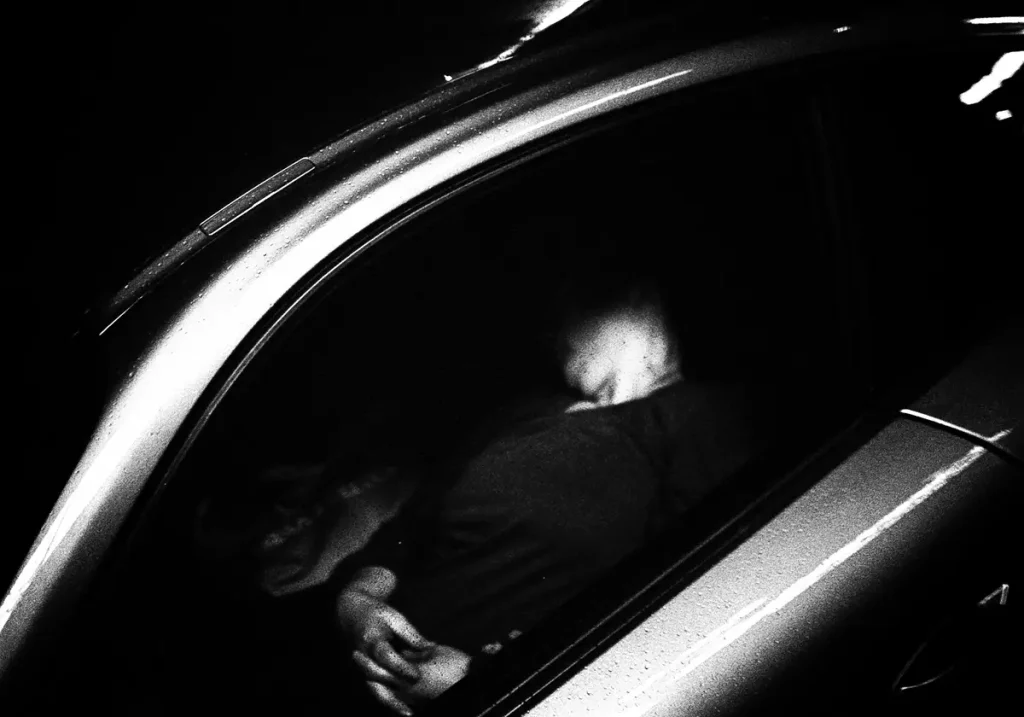
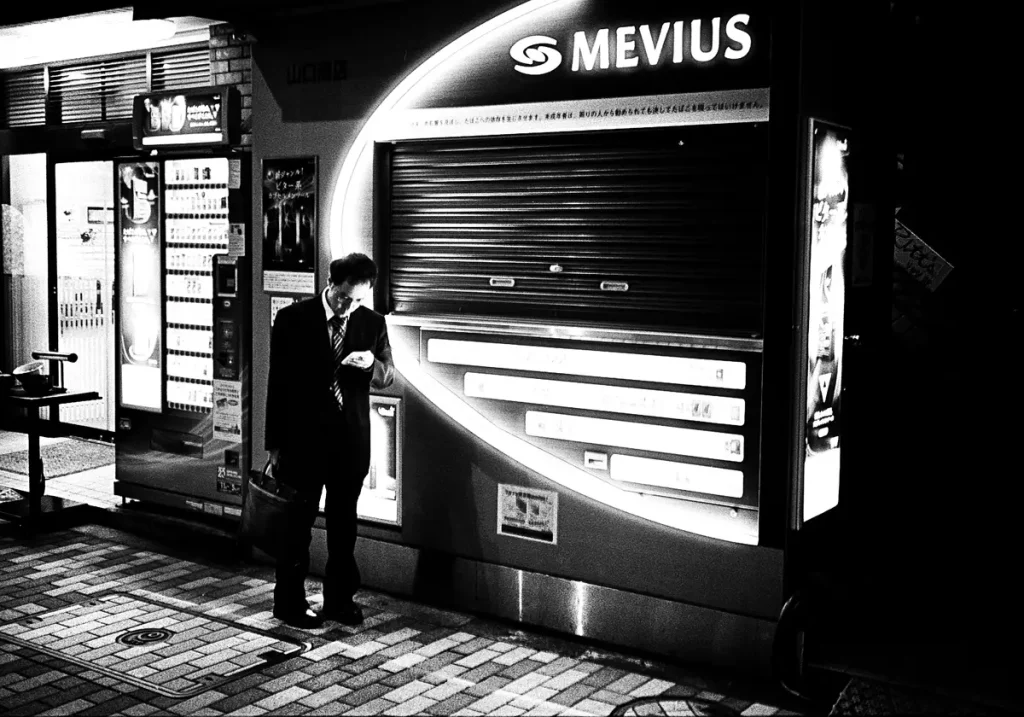
Going forward I’ll keep loading Tri-X and HP5 into my M2 and I’ll keep shooting. Keep smiling as I see greats shots pass me by while I load the next roll slowly into my camera. And not worry about it.
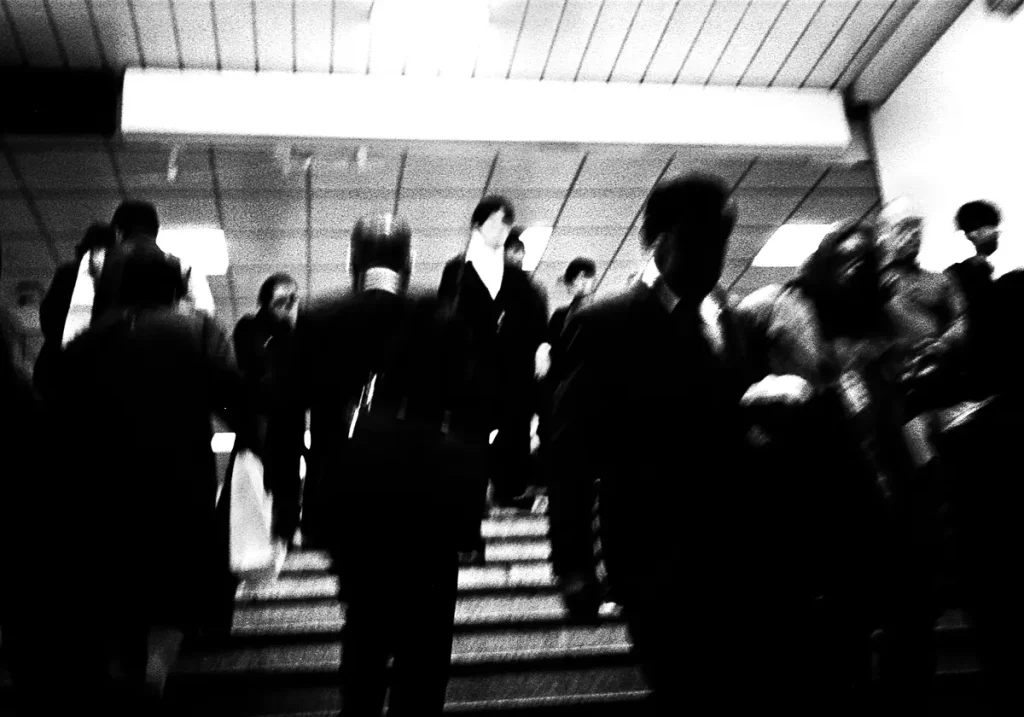
What can I say; I just can’t resist that smooth film advance!
You can find more of my work Here on my blog, my Facebook and also on my website, www.ryanneilan.com.
Share this post:
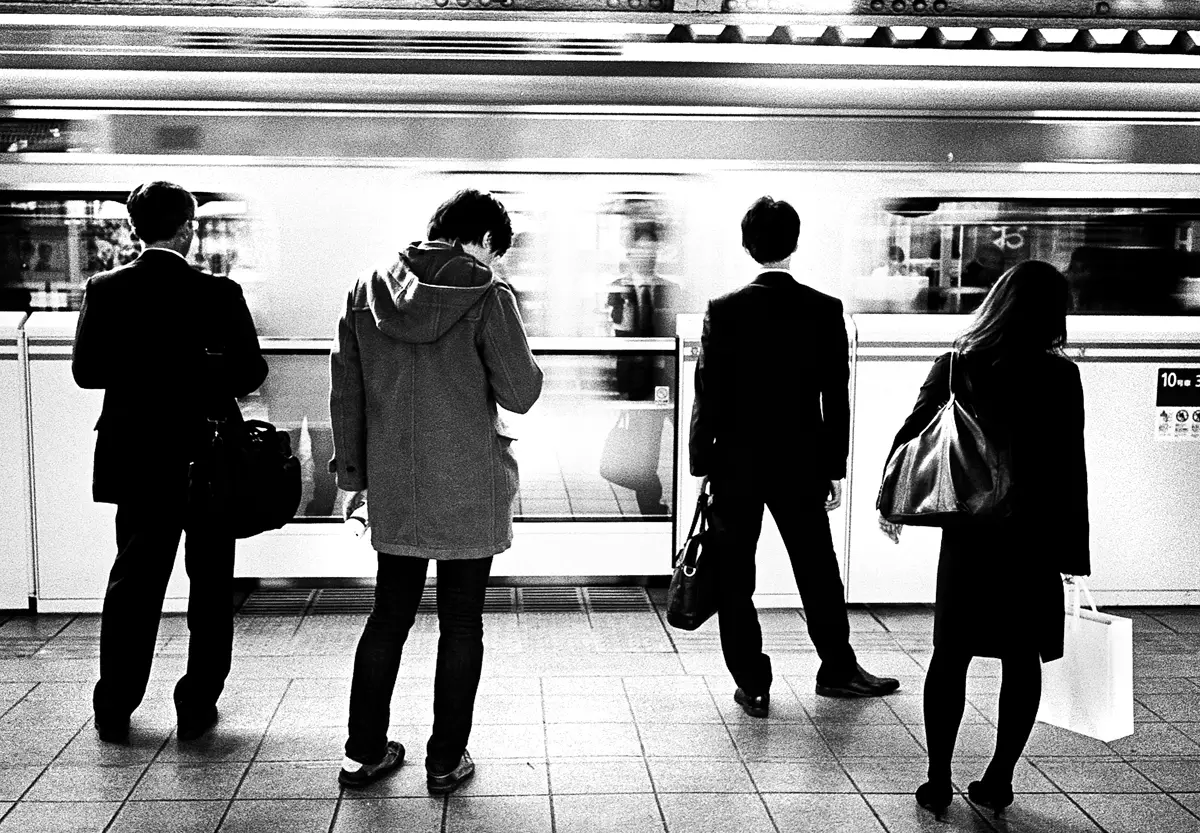








Comments
Blinx on Kodak Tri-X – Finding my Photo Mojo in Forty Rolls – by Ryan Neilan
Comment posted: 10/12/2015
Comment posted: 10/12/2015
Comment posted: 10/12/2015
Hamish Gill on Kodak Tri-X – Finding my Photo Mojo in Forty Rolls – by Ryan Neilan
Comment posted: 10/12/2015
Comment posted: 10/12/2015
Patrik on Kodak Tri-X – Finding my Photo Mojo in Forty Rolls – by Ryan Neilan
Comment posted: 10/12/2015
Tri-X @ 1600 is just magic!
Comment posted: 10/12/2015
David on Kodak Tri-X – Finding my Photo Mojo in Forty Rolls – by Ryan Neilan
Comment posted: 10/12/2015
Comment posted: 10/12/2015
Tony on Kodak Tri-X – Finding my Photo Mojo in Forty Rolls – by Ryan Neilan
Comment posted: 10/12/2015
Excellent post and photographs! Tri-X film has a gritty vitality that is unmatched. Your photos are great. I particularly like the one of the people at the subway station, and the person sleeping in the car.
Tony
Comment posted: 10/12/2015
Claudio on Kodak Tri-X – Finding my Photo Mojo in Forty Rolls – by Ryan Neilan
Comment posted: 10/12/2015
Laidric Stevenson on Kodak Tri-X – Finding my Photo Mojo in Forty Rolls – by Ryan Neilan
Comment posted: 10/12/2015
"Going forward I’ll keep loading Tri-X and HP5 into my M2 and I’ll keep shooting. Keep smiling as I see greats shots pass me by while I load the next roll slowly into my camera. And not worry about it."
reminds me of another Winogrand quote: "There are no photographs when I'm reloading"
Comment posted: 10/12/2015
Stephen on Kodak Tri-X – Finding my Photo Mojo in Forty Rolls – by Ryan Neilan
Comment posted: 10/12/2015
I bought an M2 back in May, I have a 50mm DR Summicron, and I am taking part in an exercise that was posited by Mike Johnston of the US blog "The Online Photographer", called "One camera, one lens, one year" (OCOLOY)...
I too, after a bit of messing about with different film, settled for Tri-X. The idea is to shoot at least one roll of film per week... I have added the complication that I had never developed a film until May, so I am on that learning curve too... I have been using Rodinal?? and then scanning with a Nikon Coolscan 4000ED into an old quad core PowerMac (£45 off Ebay)... Not confident enough for contacts and Darkroom yet. What developer do you use Ryan?
So anyway, I was concerned that with the winter, there is much less light and a lot more rain and cra**y weather, not quite Irish but almost as damp in London... So from today, I am going to be pushing to 1600... That is two stops isn't it? And see what comes of it.
Many thanks for the inspiration and some great pictures too.
Stephen.
Comment posted: 10/12/2015
Comment posted: 10/12/2015
Comment posted: 10/12/2015
matthew on Kodak Tri-X – Finding my Photo Mojo in Forty Rolls – by Ryan Neilan
Comment posted: 10/12/2015
Comment posted: 10/12/2015
Devlin Cook on Kodak Tri-X – Finding my Photo Mojo in Forty Rolls – by Ryan Neilan
Comment posted: 10/12/2015
Comment posted: 10/12/2015
Comment posted: 10/12/2015
Comment posted: 10/12/2015
Comment posted: 10/12/2015
Thomas Risberg on Kodak Tri-X – Finding my Photo Mojo in Forty Rolls – by Ryan Neilan
Comment posted: 11/12/2015
Comment posted: 11/12/2015
JoeV on Kodak Tri-X – Finding my Photo Mojo in Forty Rolls – by Ryan Neilan
Comment posted: 14/12/2015
Comment posted: 14/12/2015
Wayne on Kodak Tri-X – Finding my Photo Mojo in Forty Rolls – by Ryan Neilan
Comment posted: 14/12/2015
Tom on Kodak Tri-X – Finding my Photo Mojo in Forty Rolls – by Ryan Neilan
Comment posted: 14/12/2015
I shot my first roll of Tri-X last week and I pushed it to 1600. It's just too dark for anything slower here in Sweden. I developed it myself and seeing that wonderful grain and contrast made me fall in love with photography again. Something about b&w that colour can't do!
Rob on Kodak Tri-X – Finding my Photo Mojo in Forty Rolls – by Ryan Neilan
Comment posted: 08/02/2016
Superb photography! Great story too. You seem crazy. I like crazy. You gave up your job to do a photography book. That's crazy. Crazy good.
I'm off to buy some Tri-X!
Steven on Kodak Tri-X – Finding my Photo Mojo in Forty Rolls – by Ryan Neilan
Comment posted: 18/12/2016
Sean on Kodak Tri-X – Finding my Photo Mojo in Forty Rolls – by Ryan Neilan
Comment posted: 19/07/2023